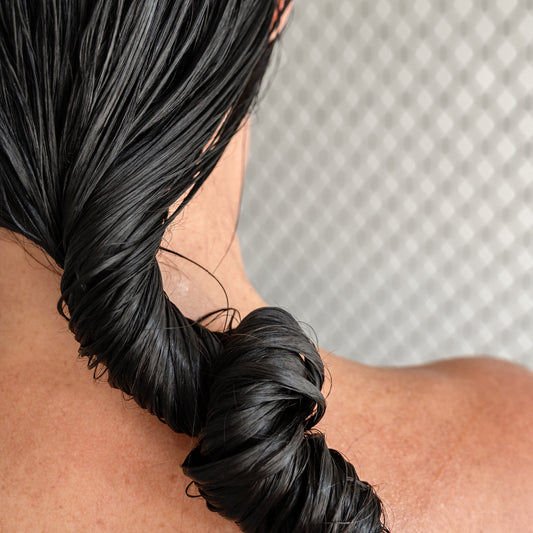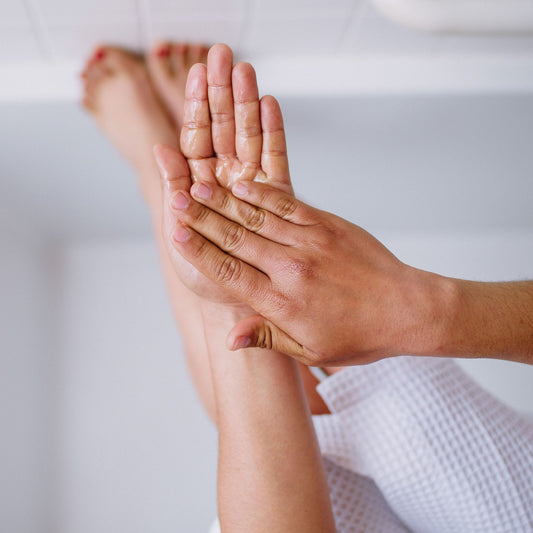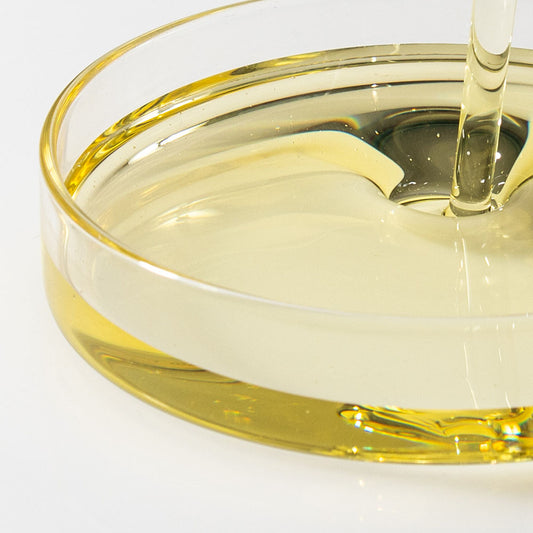There are few things that feel better than warm oil on the head. If you have not had this experience, give it a try and see what you think. In
Yes, You Should Have Oil in Your Hair
Perhaps the oil is applied by a practitioner in an
You may be thinking, “I wash my hair to have it not be oily. Why then would I purposely choose to put oil in my hair?” It does seem counterintuitive, but a good oiled scalp massage will help to increase circulation in the head and neck, which in turn will promote healthy hair growth. The lubrication will condition the scalp to prevent flakes, soften the hair, and increase luster. When this becomes a regular practice, over time your hair will become stronger and more resilient.
Choosing the Right Oil
There are a few specific reasons we promote oil on the head. Oiling the scalp helps to pacify
If you are a fiery
One of the traits of
So here you are with your oily head and, if I may add, a serene mind. You have had a wonderful night's sleep, or perhaps a nice relaxing afternoon, and the time has come to get the oil out. What to do?
That being said, the very first thing you do not want to do is stick your head under running water. In my personal experience, that just doesn't go very well. Here are a few ways to get the oil out of your hair without losing the benefit.
3 Ways to Get the Oil Out
Add Shampoo to Dry Hair
My personal technique is to apply a high quality shampoo that is not full of chemicals, directly to my oily head. I don't get my head wet first—let me repeat—I do not wet my head first. I just apply the shampoo directly to my hair, gently work it in with my fingers and let it sit for about 15–20 minutes. Then I do my first water shampoo followed by a good old fashioned rinse and repeat. I do like to finish with a light and, again, high quality conditioner to detangle, and lastly give it a good combing out.
I have found this system works for my hair but not all hair is the same. This is just like an Ayurvedic diet; what works for one person brings another person out of balance. There are other suggestions that have worked for some of my clients. So let's dive in.

Conditioner First
For some people, the exact opposite way to get oil out is to saturate the hair in conditioner first. Let it sit for 15–20 minutes and then give a good rinse.
Use a Flour to Absorb the Oil
Another more traditional method is using green gram flour. Green gram flour is made from mung beans that have been ground into a flour. Yep, it is that simple. Take about a cup of the flour, add water to make a paste, and massage it through your hair. You don't need to leave it on that long and it sometimes can take 2–3 applications to get all the oil out.
Please remember, whichever method you choose, do not apply hot water to the top of the head while washing your hair. According to Ayurveda, the top of the head is very sensitive, and extreme heat to this area can seriously aggravate pitta. That being said, if you are using coconut oil and you apply cold water to the head, you are in a pickle. Coconut oil stays solid in cooler temperatures. Let's take the middle path of nice warm water to give a good rinse to the hair.
Don't be afraid to give this a try—you will not believe the results. Once you start to see and feel the difference that oil applied to the head/hair makes, I think you will be happy to begin to make this part of your regular routine.









